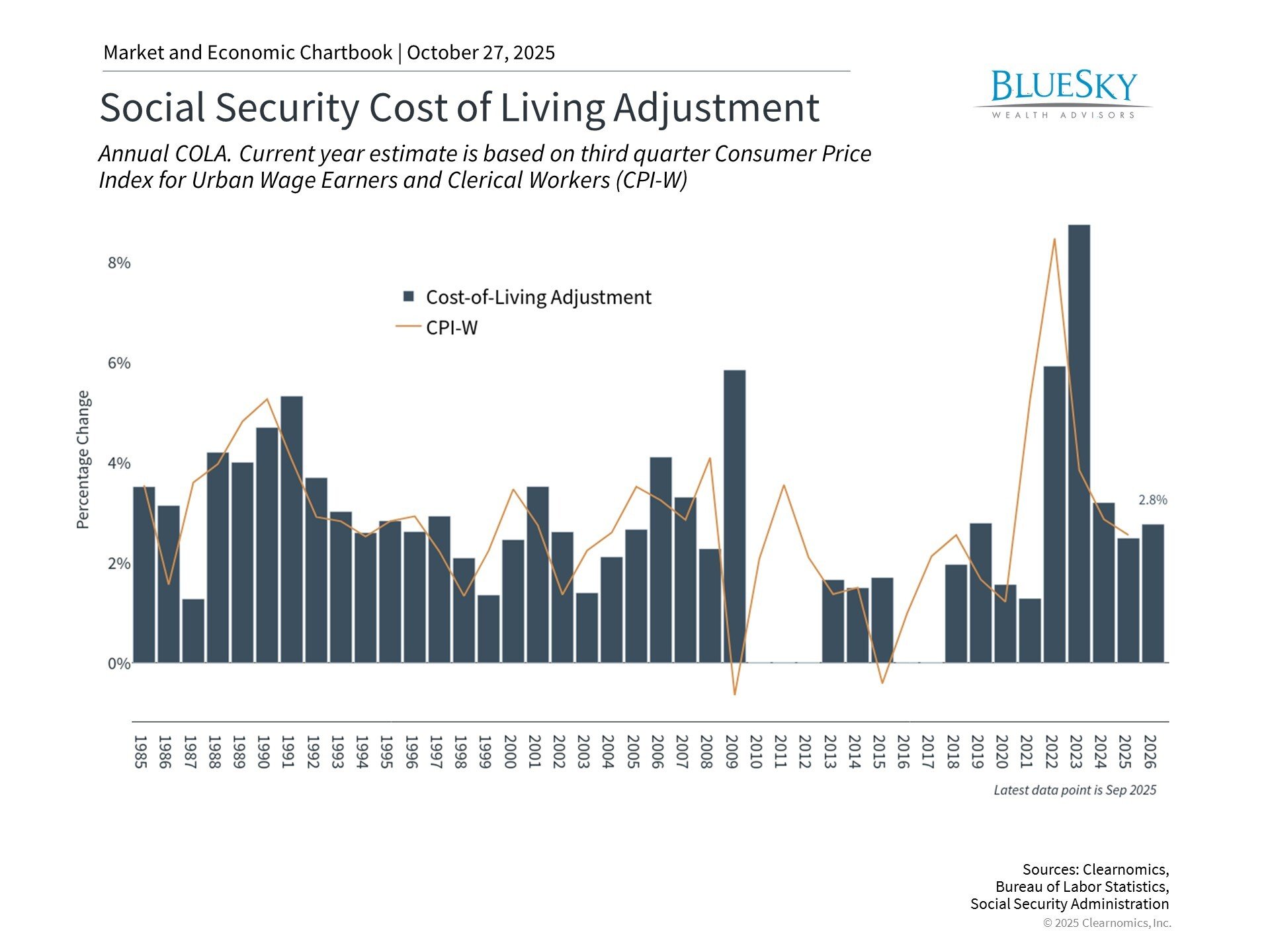
ESTATE PLANNING WITH A PHILANTHROPIC HEART
ESTATE PLANNING WITH A PHILANTHROPIC HEART

The desire to leave a legacy has led many people to estate planning and charitable giving with a philanthropic heart. It’s a lot more than a way to reduce taxes, although it does that quite effectively. Ultimately, your choice of charities reflects your values and your purpose in life.
Estate Planning: A Celebration of Life
“Why am I here? Why do I walk the earth?”
These questions often arise as we age and can slow down long enough to contemplate the meaning of life. We often want to leave a legacy of some sort.
A common perception is that philanthropic planning is mostly about tax strategies. It’s true that the savings can be significant, but it is, foremost, an act of benevolence.
The tax benefits exist to encourage and reward charitable donations.
If you’d like a quick primer on tax-savvy charitable giving, have a look at this.
Estate Planning Isn’t a Prelude to Dying
It’s for the here and now. It should be pursued in the spirit of celebrating life, not anticipating death. If you have been blessed with all you need and more, you can become a blessing to others today. But whether you give now or upon your passing, think of it as the fulfillment of a goal.
If leaving a meaningful legacy matters to you, then you will want to support the causes or institutions you cherish.
Otherwise, Uncle Sam will be happy to partake of more of your money, spending it as he wishes, and you will become a philanthropist nonetheless—an involuntary one. Most people would rather have more control than that, so they engage in both short-term and long-term strategies that preserve their ability to say who gets what.
To talk about philanthropy in terms of tax strategies is not cynical; it’s simply sensible. We give our tithes and other regular donations because it is the right thing to do. We’re not necessarily motivated by the tax savings. Nonetheless, we do get the deductions each year as a short-term benefit. When we decide to give on a larger scale, we can get a longer-term benefit, but we still are choosing charities that reflect our values.
There are different approaches to estate planning and philanthropy: simple and sophisticated. Here’s what each might look like.
Simple Strategies
Donating to a charity can be as simple as writing a check, but you can make an outright gift in more tax-efficient ways. A simple strategy is to donate stock that has significantly appreciated in value. One approach would be to sell that stock, pay the capital gains tax on the appreciation, and write a check to the charity for whatever amount remains.
Many people do it that way.
But a much better approach would be to donate the stock directly. The charity, as a tax-exempt entity, could then sell the stock itself without incurring any taxes. It would keep the entire value. Meanwhile, you get a tax deduction for your contribution.
That simple principle also applies when donating real estate. If you sell the property yourself, you will be taxed on its gain in value. If you donate it directly, you can deduct the value of your gift, and the charity can sell the property free of taxes. While the IRS limits how much can be deducted for different types of gifts in any one year, excess contributions can generally be carried forward and used in subsequent years.
You also can give to charity via your will or revocable trust. You can either specify a dollar amount or set the donation as a percentage of the estate’s value. Some people designate a percentage of the residuals. For example, the deceased spouse’s will designates that the surviving spouse gets the first $5 million, and of the remainder, 10 percent goes to charity.
You could structure such provisions in a wide variety of ways such as setting up contingencies. For example, you designate that upon your death, all your money goes to your spouse and children, but if none of them is alive at that point, it all goes to charity.
That sort of estate planning provision is typical among younger people, who tend to put family first. Older people whose children have grown are more likely to give priority to charities, particularly after a spouse has died.
Two Tools
Life insurance is a simple tool for giving money. Consider these two strategies:
- Make an irrevocable gift of the policy to a charity. If complete ownership is transferred to the nonprofit and the charity is named as the beneficiary, the gift will generate a charitable income tax deduction, but how much is somewhat complicated.
- Name the charity as the primary or contingent beneficiary of the policy. This will not produce an income tax charitable deduction for the payment of future premiums on the policy, but it does afford the donor a full estate-tax charitable deduction when the donor dies.
Another simple tool is a “pay on death” or “transfer on death” account.
To set it up, put on record with your bank or broker that the money in an account is to go to a specific charity at the time of your death. You can specify a charitable bequest for the assets in your 401(k) as well, although spousal consent is necessary. It also may be necessary for IRA assets, depending on state and community property laws.
Sophisticated Strategies
During your estate planning conversations, you may find family members don’t share your enthusiasm for leaving a lot of money to charity. To ease their minds, consider a trust.
Charitable trusts fall into two main categories, depending on whether the charity gets its benefit now or later. They will either :
- Pay income to the charity for a set period, with the principal then reverting to the beneficiaries, called a charitable lead trust (CLT) or
- Pay income to the beneficiaries for a set period, with the remainder then going to the charity, typically either a charitable remainder annuity trust (CRAT) or a charitable remainder unitrust (CRUT).
In the CRAT or CRUT arrangements, you can donate the assets to the trust for an immediate tax deduction but continue to manage those assets and receive an income from them for a specified period. You could use that income to help fund your retirement, or—so those family members don’t feel disinherited—arrange for them to get the income for a set number of years.
Afterward, the charity gets the remainder of the money.
You choose a time frame and structure that works best for your family while weighing the tax ramifications. Most large charities have attorneys or experts on staff to help design a strategy. They often will pay the legal fees to draft the documents. A qualified advisor can fill you in on the details.
Supporting Multiple Charities
If you want to support multiple charities, you can do it efficiently through a single account known as a donor advised fund (DAF).You can fund the account now but hold off on distributions until later, managing it so you get your tax deductions during your high-income years when you need them most.
A DAF is like having your own family foundation on a small scale, and it simplifies your giving. You and your family can meet each year to decide which charities you want to support, if any. Although the money must all go to charity eventually, you continue to control how it is invested. Your record keeping is all in one place, easily tracked. And you no longer have to fill out multiple forms for each small donation.
Philanthropic planning need not become overly complex and involve a lot of attorney and accounting fees. When drafting complex trusts and other instruments, you must consult with a lawyer, of course. But know that a lot of low-cost solutions are available for tax-efficient giving. An experienced advisor can help you decide on appropriate amounts to leave to your children and to charity—and when. The advisor will explain the various tools that would best serve your purposes.
Your Next Steps
We know that the estate planning discussion can be a difficult one. But it is so critical that it be done right, and reviewed frequently.
The big step is getting started. Many people don’t know whether philanthropy is possible for them. That often is because they are unclear about their own needs. When in doubt, they understandably feel less generous. They hesitate to attend to the needs of others for fear of cutting themselves short. In their view, wealth is like a pie. A bigger slice for the charity means a smaller slice for them.
But why not bake a bigger pie so that all involved get more than their fill? Philanthropic estate planning aims to bake that bigger pie.
Remember the simple truth of why you are giving. Having succeeded, you want to help others succeed. Having been blessed yourself, you wish to bless others. Through philanthropy, you can make your mark on the world. It’s why you walk the earth.
Would you like guidance for achieving your philanthropic goals? Schedule a call with us today to experience the power of comprehensive financial planning with our investment management services all-in-one.
Did you enjoy this article? Here are three more you might also like:
Strategize To Succeed – Financial Planning For Life





